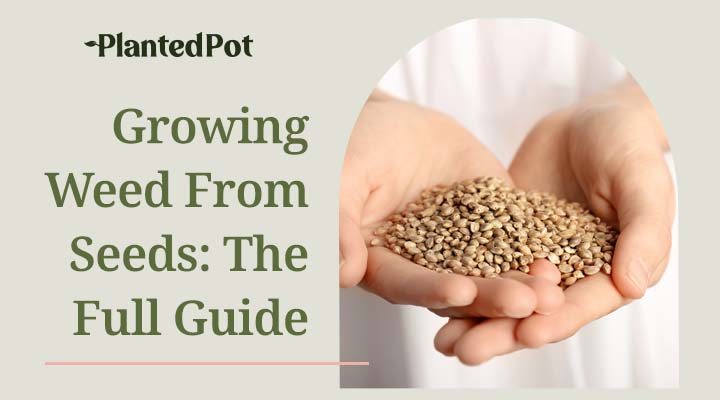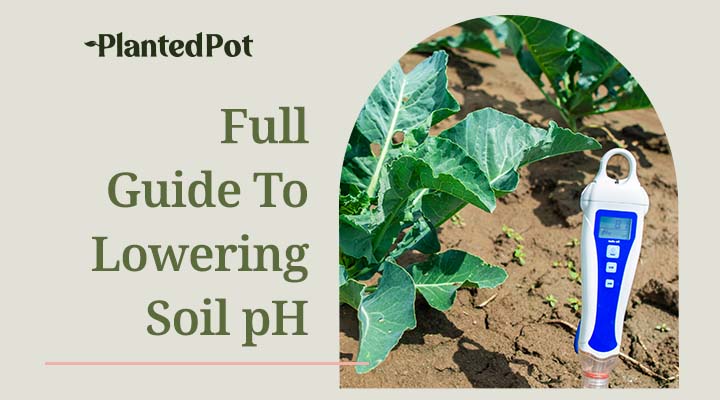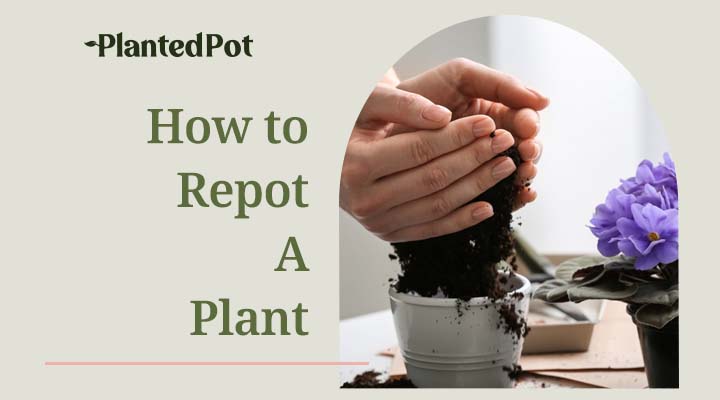
Best Potting Soil [How To Pick the Right Mix for Your Plants]
Home / Best Potting Soil [How To Pick the Right Mix for Your Plants]
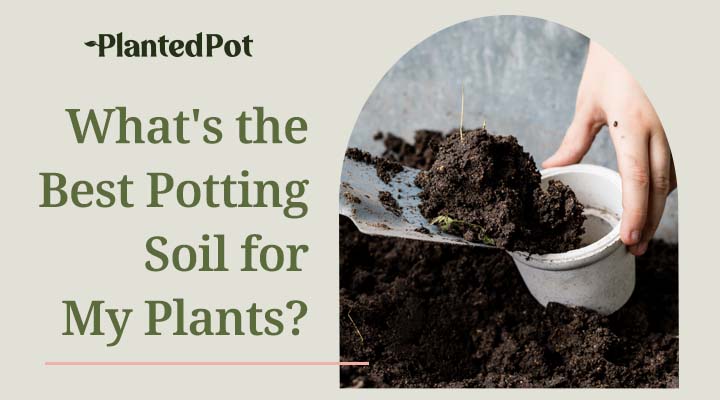
Best Potting Soil [How To Pick the Right Mix for Your Plants]
The best potting soil for your plant depends on where your leafy friend lives! Indoor and outdoor plants need different living environments. Different potting soil can provide your plants with various nutrients depending on their needs. Considering placement, light, and a watering schedule aren’t the only ways to care for your plant! It also needs a strong foundation!
Caring for your plants starts with going back to their roots, literally! Finding the right potting soil for your plant isn’t difficult as long as you consider some basics! Keep scrolling to get to the root of the problem… get it?
Does It Matter What Type of Soil You Use for Potted Plants?
Yes! Soil matters! Finding the right soil to fulfill your plant’s needs is extremely important. Providing your plants with the most optimal environment will help them keep growing!
Not all soil is created equal, and neither are plants! You need different potting soil for indoor and outdoor plants. Good soil is the foundation of the livelihood of your plant. It should be porous, so it allows the roots to penetrate deeply. Quality potting soil should balance water holding capacity and drainage, so the roots are damp but not soggy. There are a few things that can happen if you use the wrong potting soil. Compaction and waterlogging can inhibit the growth of your plant greatly!
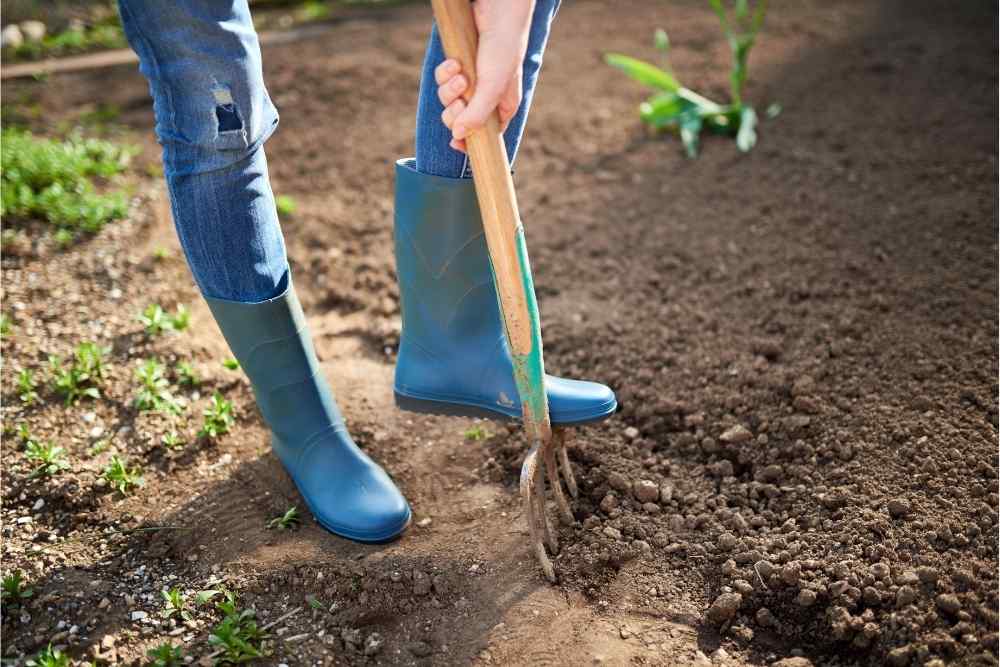
Soil Compaction
Soil compaction happens when soil particles are pressed together, reducing the pore space between them. Compacted soil has a reduced rate of water infiltration and drainage. Soil compaction doesn’t allow for proper water flow to your plant’s roots. Ultimately, you may think you are watering your plants when the water isn’t reaching their roots.
Water Logging
Waterlogging is when the soil has too much moisture that the pore spaces close. Just like all other living things, plants need to breathe too. Pore spaces play a large part in helping plants become healthy, as these spaces help roots grow and become stronger. Earthworms and microbes also glide through these pore spaces, and their excrement produces healthy matters which can make plants grow healthier.
What Types of Potting Soils Are There?
There is a variety of potting soil choices available! The difference stems from what nutrients are in the soil, determining what plants they are most well suited for. Here are a few common types of potting soil!
- All-purpose soil
- Organic mix
- Seed Starting mix
- Outdoor mix
- Plant specific mix
What is the Best Potting Soil?
The ‘best’ potting soil varies depending on the plant and its environment. For example, while plants like cactus and succulents may require fast-draining soil, other plants such as orchids need soil that doesn’t suffocate their sensitive roots. You are sure to find the right potting soil for your leafy, fantastic friend!
All-Purpose Potting Soil
All-purpose potting soils are blended to provide a balance between moisture retention and drainage of excess water. They are suitable to use indoors and outdoors. While this soil can grow various plants in various containers, all-purpose soil can dry out easily outdoors and retain too much water for certain houseplants.
All-purpose potting soils often contain a conventional fertilizer that’s released when you water the plant. Many all-purpose soils are heat-treated (sterilized) to eliminate all living organisms such as weed seeds, insects, and plant diseases.
Organic Potting Soil
Organic mix serves the same purpose as all-purpose soil but with organic ingredients. In this soil, the plant food portion is broken down by soil microbes. These are often added to feed the plants instead of dissolving in water. Instead of sterilization, organic soil mixes are processed by composting. Compost reaches a hot enough temperature to kill diseases, weed seeds, and insects.
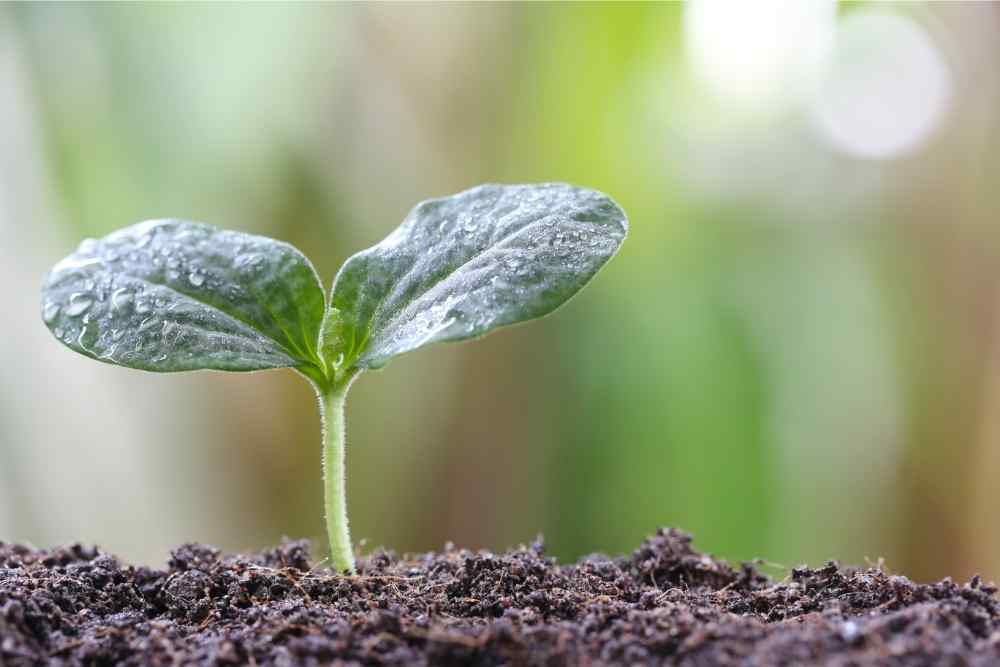
Seed Starting Soil
This mix is designed for sprouting seeds that gardeners transplant to permanent homes in the ground or containers. Seed starting mix is typically used in a highly controlled environment. It usually contains sterile, fine-textured sphagnum peat moss and perlite.
- Perlite is used to improve aeration and modify the soil substructure. This keeps it loose, well-draining and defying compaction. It is made when obsidian contacts water, creating a volcanic glass with a high water content. When heat is applied to perlite, it turns into little white balls. It is typically mixed into potting soil after this process.
- Sphagnum peat moss is the dead moss and organic material that collects at the bottom of peat bogs, where it builds up in deep layers for hundreds of years. It is an important component of most potting soils because it can hold several times its weight in moisture. It releases the moisture to the plant’s roots as needed.
Outdoor Soil
This soil is heavier and coarser than the indoor mix. Besides having to retain moisture in the hot sun, it must anchor plants to withstand strong winds. Outdoor potting mix has long fibers and a large particle size, which helps reduce surface area and increase its water-holding capacity as it resists compaction. On hot, sunny days, the soil gradually releases its moisture, which helps keep the plants hydrated.
Plant-Specific Mix
While regular potting soil works for most plants, some plants are used to growing in a very specific environment. For example, cacti and succulents need a mix that dries out quickly without compacting or shrinking away from the pot. Some plants, such as orchids, do well if their soil contains coarse bark or a mixture of bark, perlite, and peat moss.
What to Look For When Buying Potting Soil
Looking for the right potting soil can be confusing. There are many variations of indoor and outdoor soil that you can find yourself overwhelmed by the possibilities. As a rule of thumb, here are a few things you should look out for when buying potting soil.
- Make sure potting soils used in containers are light and fluffy.
- Look for potting soil with peat moss, pine bark, and perlite or vermiculite.
- Slow-release fertilizer may be added, but make sure to adjust your fertilization process accordingly.
- Some potting soil may use moisture-retaining treatments, and it requires you to adjust your watering patterns.
- Here is a list of common indoor and outdoor plants and the kind of soil they need!
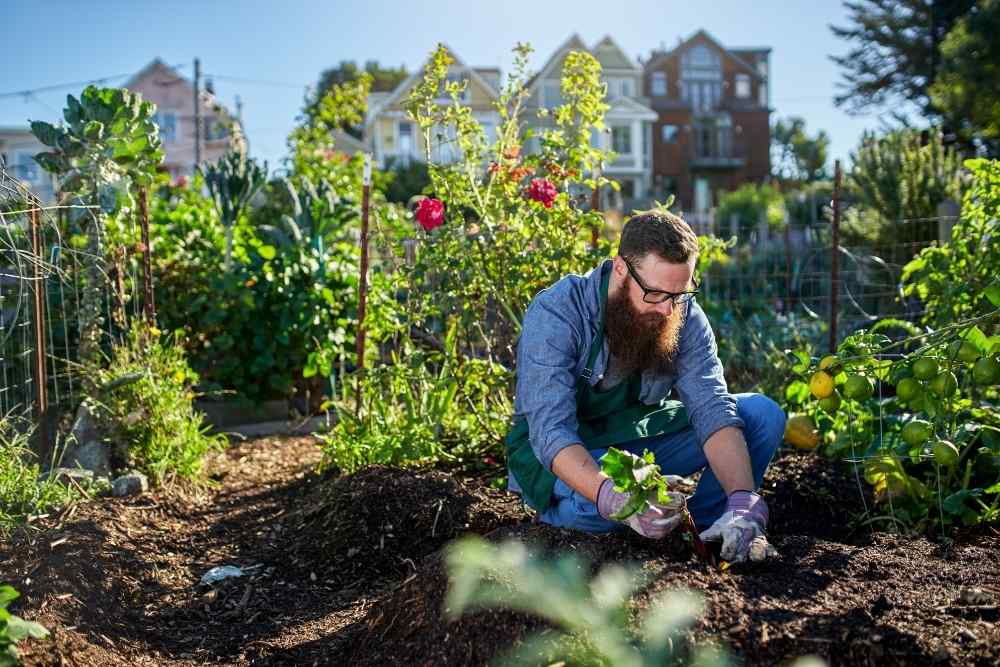
Moth Orchid
Moth orchids are epiphytes, which are types of plants that require a host plant. Instead of regular potting soil, they need potting material that mimics a host tree or comes from a tree. Ground fir tree bark, redwood bark chips, or Monterey pine bark chips make for an optimal growing environment.
Snake Plant
These beautiful decorative plants do best in a free-draining soil mix because they are prone to rot. It is recommended that you use a soil-less potting mixture to ensure adequate drainage. They often include peat moss, perlite, vermiculite, and sand. Usually, these ingredients are mixed rather than used alone. Each of them provides its function and works together to provide the perfect environment for your green friend!
Croton
The Croton plant does not do well planted in dense or clay soils. It requires loose, well-draining soil. This plant naturally grows in eroded hillsides, where there are many loose, sandy, or rocky substrates. A substrate is synonymous with everything a plant could grow on. Crotons are heavy feeders, so rich, organic soil is best!
Anthuriums
Like orchids, Anthuriums are epiphytes. These plants usually grow off other organisms around them, usually trees or cliff sides. Anthuriums don’t do well in thick, dense soils. Their roots need more oxygen, so they prefer a looser substrate with larger air pockets. Waterlogged soil can lead to bacteria that can cause root rot.
Common Potting Soil Ingredients
Some of the most common potting soil ingredients include peat moss, pine bark, perlite, and vermiculite. These three ingredients are beneficial for plant life due to their very unique properties. On their own, it is very difficult and almost impossible for them to sustain plant life. But when they join forces, they make for a great foundation for your plants!
Peat Moss
Peat moss provides great moisture-retaining qualities with good air space for healthy growing roots. You can use straight peat moss as your soil mix but be careful not to overwater! Peat moss by itself can stay wet for a long time after watering your plants.
Pine Bark
Pine bark comes from paper mills and provides moisture and fertilizer retention. By itself, pine bark cannot sustain plant life. Once added to peat moss, pine bark helps extend the “life” of the potting mix by being slow to break down.
Perlite and Vermiculite
Perlite and vermiculite are both volcanic matter in origin. They lighten soil up and provide additional air space. This helps the potting soil not become too heavy. This pair works hand in hand to make sure that not only is your plant retaining water, but that it is retaining only the amount of water it needs. While vermiculite will mix with soil and help retain water, perlite will add drainage to the soil you mix it with.
Final Thoughts – Best Potting Soil
The best potting soil will depend on what kind of plant you are caring for. It is important to research your plant’s watering needs, but most importantly, to use the soil that is best suited for them. It can be a little tricky to foster an environment as close to their natural living state as possible. They need a watering schedule set to their needs, adequate sunlight (depending on what kind of plant it is), and the final ingredient… the best potting soil!
We often hear that plants need sun, water, and soil to grow. Though this is true, some plants need more watering while others need looser, drier soil. Finding the right soil will benefit your plant in the long run, providing it with the most optimal growing environment. Who knew that going back to your roots was so important?


